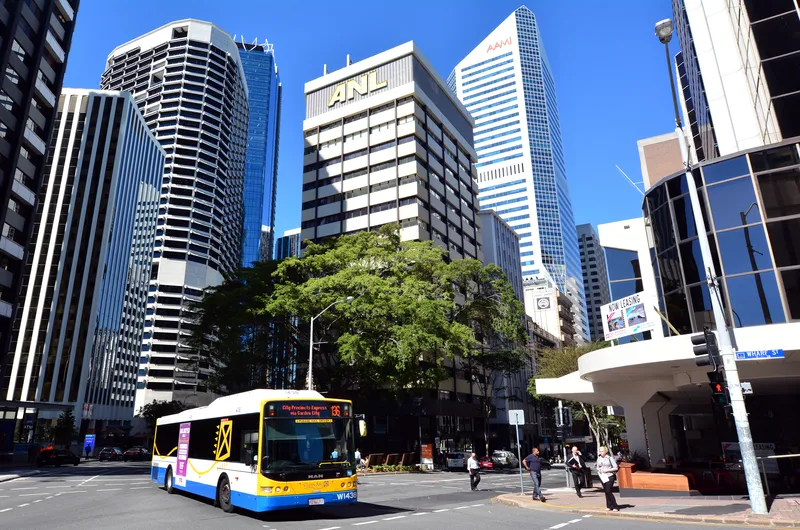A US$6 million rollout of new traffic signal technology is to be rolled out across Queensland, Australia, over the next four years to improve travel times for emergency services vehicles, allowing quicker response times to priority incidents across the state.
Emergency vehicle priority (EVP) technology automatically interrupts traffic signal operations to provide a green light signal to emergency response vehicles when safe to do so.
The new technology rollout will reduce wait times for Queensland Fire and Rescue Service and the Queensland Ambulance Service and create a safer road network for motorists and emergency services drivers.
A recent performance evaluation of EVP in the Gold Coast area has shown that travel time for EVP equipped vehicles was reduced by 17-26 per cent compared to non-EVP equipped vehicles. Over the next four years, a further 1,600 intersections and nearly 700 emergency vehicles will be fitted with the devices
Toowoomba and Mackay are the next regional centres planned for the rollout, with EVP technology to be enabled in 2016. This expansion will complement the existing 800 intersections, 215 ambulances and 69 fire trucks that are currently using this technology.
The project is a joint collaboration between
Queensland’s emergency vehicles green-lit for a quicker response
A US$6 million rollout of new traffic signal technology is to be rolled out across Queensland, Australia, over the next four years to improve travel times for emergency services vehicles, allowing quicker response times to priority incidents across the state. Emergency vehicle priority (EVP) technology automatically interrupts traffic signal operations to provide a green light signal to emergency response vehicles when safe to do so.
November 25, 2015
Read time: 2 mins









